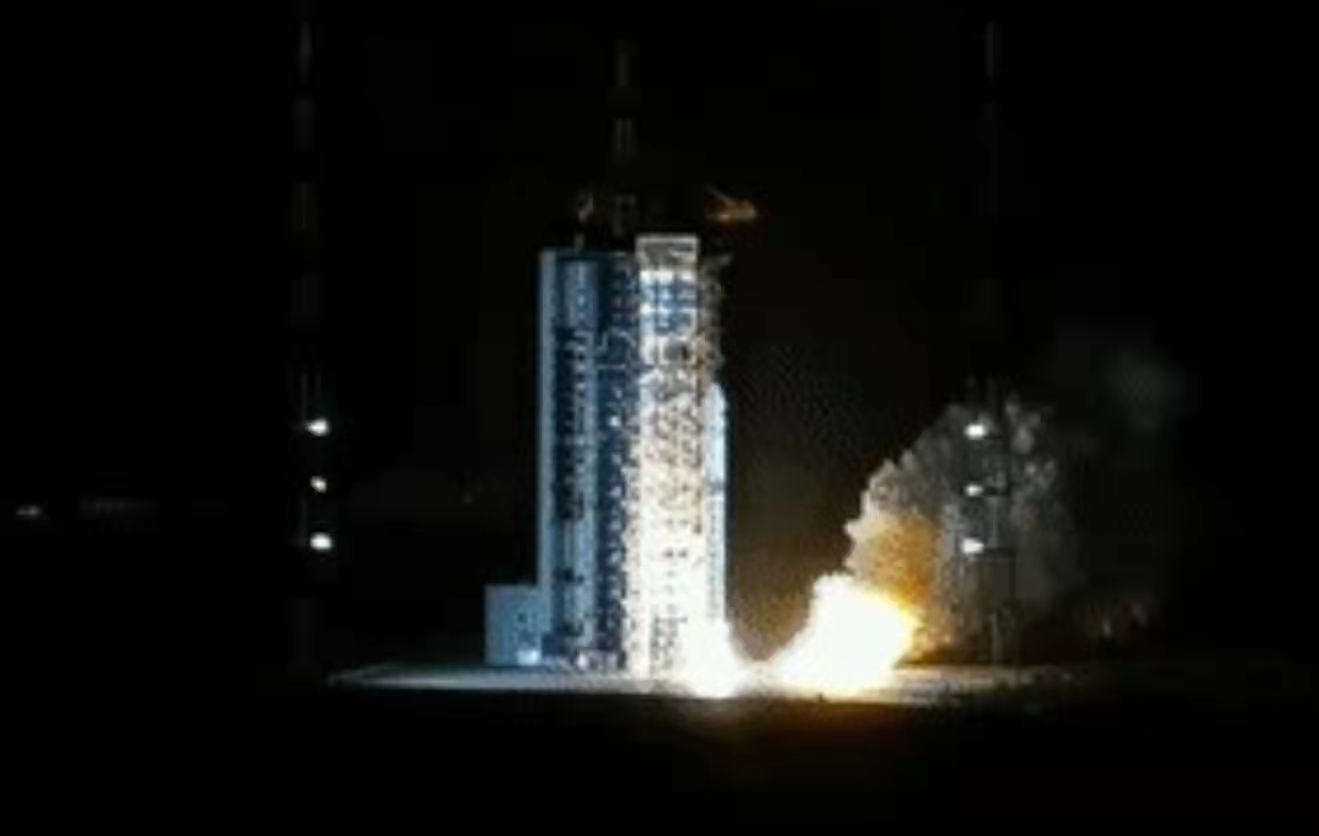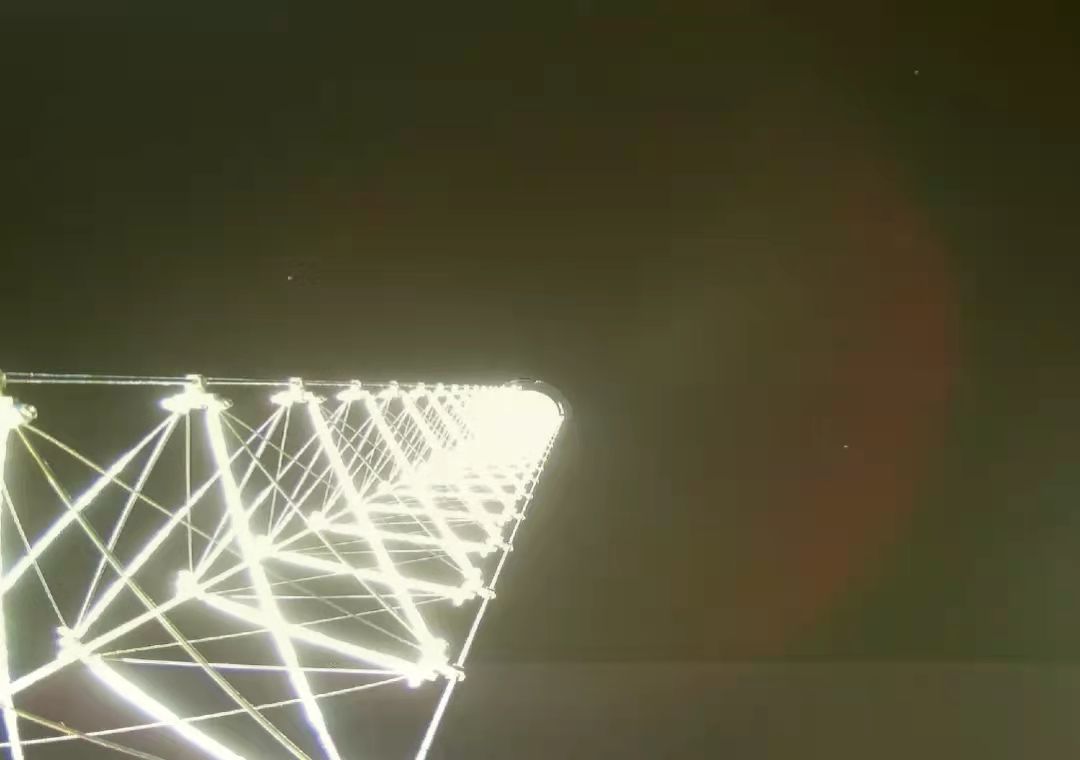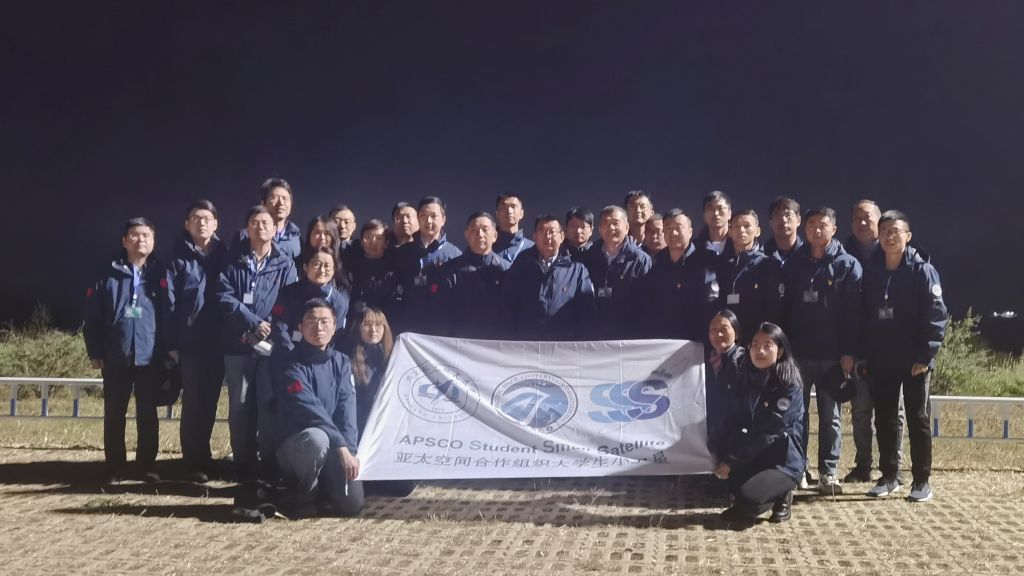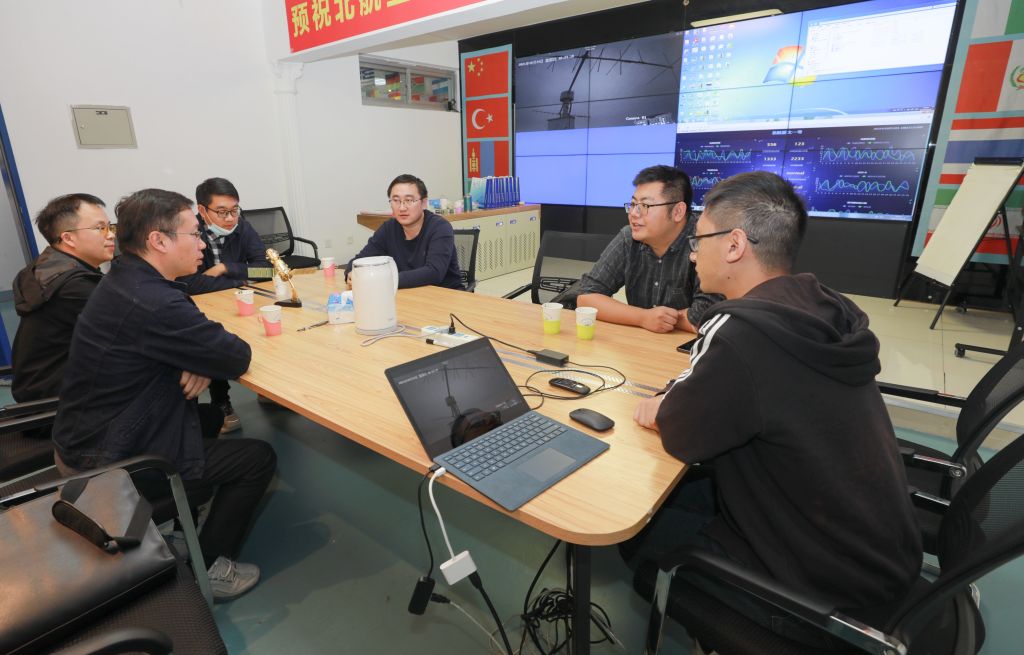At 18:51 on October 14, 2021, APSCO-Student Small Satellite-1 (APSCO-SSS-1) was successfully launched by piggy-backing a CZ-2D rocket from Taiyuan Satellite Launch Center in Shanxi, China. After 812 seconds, the satellite separated from the carrier rocket in triumph and entered the preset orbit. At 20:24, the ground station successfully received the telemetry signal within the first orbital cycle of the satellite, which showed that the satellite was in good condition, the power supply and distribution were normal, the attitude was stable, and the UV antenna was deployed smoothly. At 6:29 on October 15, the ground station monitored the telemetry signal from the fifth orbital cycle and the condition remained normal, indicating that the satellite had reached a basic success status.

At 16:41 on 16th October, the ground station controlled the satellite to carry out the mission of the remote sensing camera for Earth observation and ADS-B payload. The telemetry data showed that the payloads were working properly, and the data was well transferred to the solid-state storage of SSS-1. At 18:21, the ground station controlled the satellite to deploy the coilable mast. The telemetry data showed that the deploying process was going well, the coilable mast deployed to the predetermined length (two meters) after about thirty (30) seconds, while the space camera turned on normally and recorded the deploying process. At 18:24, OBDH distinguished the full deployment of the coilable mast. At 6:17 on October 17, the images taken by space camera were transmitted to the ground station via S-digital transmitter, which marked the complete success of this satellite mission!

【The full deployment of the coilable mast】

【A group photo at Taiyuan Satellite Launch Center】
APSCO-SSS-1 is China’s first micro-satellite jointly developed by university students of domestic and abroad, which is also the main satellite of the APSCO SSS Project led by Beihang University. It weighs 36kg with dimension of 350 × 350 × 700mm, operating in a 517km sun-synchronic orbit. The successful development of APSCO-SSS-1 filled the gap of international cooperation in the development of small satellites by Chinese universities.
In the future, the Member States will build corresponding ground stations to receive, demodulate and decode satellite signals in accordance with the communication system and satellite-to-ground agreement of the APSCO SSS Project, and use the unified TCP protocol to transmit the satellite telemetry data and load data to the server of Ground Station Management System for APSCO SSS Project in Beihang University via the internet. With the assistance of Beihang University, the ground stations of various countries will join the existing satellite ground stations network, so as to build a university ground station measurement and control network, realize data sharing, and maximize the duration of satellite measurement and control. Ground networking and interconnection will also continue to serve education and training.

【Micro-satellite Mission Control Center】
Serving training and education is also one of the important features of APSCO SSS Project. In 2014, the UN Centre in China established the international graduate programme of Micro-satellite Technology. So far, it has trained seventy-eight (78) international participants from thirteen (13) countries. Most participants have become the technical experts or industry director of small satellite related departments in their countries. Since the launch of the APSCO SSS Project, a number of students in the field of Micro-satellite Technology have actively participated in the project. On the occasion of the successful launch of APSCO-SSS-1, some of the participants shared their feelings with us.
Zeenat Rajar: I am from Pakistan. I was given a special opportunity to study and analyze Electrical Power Subsystem (EPS) of APSCO-SSS-1. My focus was on the solar array used to power APSCO-SSS-1 onboard equipment. Through working on APSCO SSS Project, I gained rare experience and knowledge that opened up new perspectives for my future career as well as study goals, and gave a boost to my passion for space education.
Muhammad Asfandyar: In 2019, I got a great opportunity to pursue a master’s degree in Micro-satellite Technology at Beihang University. At that time, Beihang University was chosen to lead the APSCO SSS Project, so I got a tremendous opportunity to work on this project. After completing my course work, I opted to work on the detailed energy balance analysis of the APSCO-SSS-1 as my master thesis. I am very glad and fortunate to be a part of this team that has worked so hard on materializing and completing this project.
Jhonny Uscategui Parra: All the academic training during this phase as well as the institutional partnerships that established, have provided us with very important tools to consolidate space projects like the APSCO SSS Project, which will contribute to solve the problems in our countries through the development and application of Space Technology. I sincerely congratulate the APSCO SSS Project on its complete success.
Toklu Melih: Working on the project in real life has given me much experience. I couldn’t get that much experience from a theoretical student project. For example, I needed to be very disciplined in my work and aim for zero mistake in a satellite project. I strengthened my talent for managing time and work in this way. Also, for this kind of real satellite project, I had to think in terms of a team. This allowed me to get the experience about system design engineering. I think this kind of cross-cultural technical exchange not only brings different talents to a table, but also promotes the space industry to achieve faster development.
Amir Hossein: Every time I look up into the sky, knowing that our satellite is working up there, I’d feel very proud of all the efforts that I’ve put into this project. I’d also feel wonderful when I think about the experience of working with this fantastic team and thankful for all the practical knowledge I received from this project. This experience is unique and once in a lifetime.

